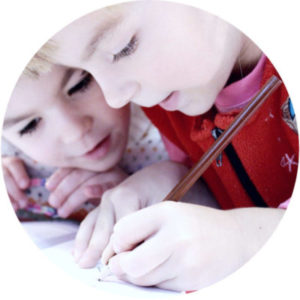Your child qualifies for an Individualized Education Program (IEP), what is the next step? You will meet with your IEP team to set goals for your child. The IEP team consists of education professionals, school personnel, parents, students, and others who have special knowledge of your child.
Educational Goal Setting
The Importance of Annual Goals for the Individualized Educational Program (IEP)
What is a Goal?
A measurable annual goal is a statement of what the IEP team agrees is appropriate for a child to try to accomplish during the year in a given area where the child has needs. Goals can be written to measure progress in both academic and functional performance. Because the goal is written for your child’s specific needs, the team has great flexibility in determining what those goals will be. You, as a parent, also play a very important role in creating these goals.
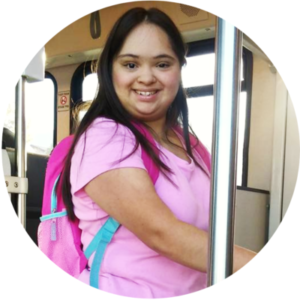
How is a Goal Developed for the IEP?
Your student’s present level of performance is key in making sure these goals speak to the academic and functional needs of your student. For students who take alternate assessments, the goal must also include benchmarks or short term objectives (STOs), which are smaller steps to help the student reach the goal.
Present Levels of Academic Achievement and Functional Performance (PLAAFP)
Present levels of academic achievement and functional performance (PLAAFP) are based on evaluation data and should be specific as to how the disability of the student affects academic and functional progress.
In order for the PLAAFP to serve as a bridge between the data and the written goal, the data must be measurable, so that the progress of the student can be measured. The school is required to use assessments that measure progress in the core curriculum, or the curriculum that is required by the state for all students. The Individuals with Disabilities Education Act (IDEA) also emphasizes that children with disabilities should have access to the general curriculum.
Often, it is possible to choose goals in the areas of the core curriculum (general curriculum) that your child will be studying. Even if your child will not be able to work at the level of typical students, you as a parent may still wish to encourage aligning your child’s goals with the core curriculum. This will help your child to have access to the core curriculum, and over time to make progress in it. The priority should always be the things your child needs most.
The PLAAFP should answer these questions:
- What are the student’s strengths and functional needs?
- How does the child’s disability affect participation and progress in the general curriculum (core curriculum) (or appropriate activities for preschool age children)?
- What are the parent’s concerns and how do they relate to the child’s academic or functional needs?
- How does the child respond to their environment (home, school)?
- If the child is 14 years of age or older, what are the student’s postsecondary interests?
Short-Term Objectives (STO) or Benchmarks
Short-term objectives (STO) or benchmarks are only required for students who take alternate assessments. They can, however, be used any time a team feels like it would benefit the student. These Short-term objectives break down the specific skills and into smaller steps necessary to accomplish the annual goal.
Short-term objectives and benchmarks are helpful because they:
- Describe what the student is expected to learn in a particular area within a specified time.
- Determine the amount of progress the student is making toward meeting the goal.
What Type of Goals Should Your Child’s IEP Include?
Measurable Annual Goals
Measurable annual goals describe a skill or behavior the IEP team would like the student to learn or improve. The goals must be measurable and describe what a student can reasonably be expected to learn within 12 months.
Measurable Postsecondary Goals
When a student reaches the age of 14, IEPs are required to have measurable postsecondary goals as part of planning for the student’s transition to adulthood. With input from the student, these goals state what the student would like to do or achieve after high school. These goals reflect the student’s desires for the future, including employment, education and skills for independent living. Postsecondary goals, however, may look more vague for a student in middle school and more detailed with specific goals being addressed during high school. As times goes on, changes may need to be made to reflect the student’s changing interests.
Examples of Postsecondary Goal Areas
-
- Vocational training (e.g., learning a trade)
- Postsecondary education (e.g., college or other schooling)
- Jobs and employment
- Independent living
Educational Goals
Writing measurable annual goals (and short-term objectives or benchmarks for students who take alternate assessments) is a major part of the IEP process. Annual goals are concerned with meeting the needs of a child who requires special education and related services. The goals are directed towards:
- Closing the gap between the child’s indicated ability and present level of academic achievement and functional performance.
- Helping the child to increase in ability.
Annual goals (and short-term objectives or benchmarks) represent how efforts will be directed to address the student’s needs as listed on the IEP. They focus on reducing the problems which result from the student’s disability and interfere with learning or educational performance.
Types of Educational Goals
Most educational goals fall into one or more of the following areas:
- Academic – reading, written language, spelling, math, science
- Self-Help – eating, dressing, shopping, traveling, safety, budgeting
- Motor Skills – riding a bike, jumping, handwriting, buttoning and zipping
- Social/Emotional Skills – sharing, making friends, trying new things, smiling, responding to teasing
- Vocational/Pre-vocational Skills – following directions, completing jobs, using tools, making change, appropriate social skills in a job setting
- Behavioral – dealing with aggression, staying on task, following instructions, appropriate classroom conduct, dealing appropriately with emotions
- Speech/Communication – learning sign language, speech pronunciation, and verbal memory.
Evaluation data is used to determine the areas of need. Appropriate goals and services on the IEP should lead to an appropriate placement or location where the child’s IEP will be serviced. After writing the goals and deciding on the needed services, the team should ask, ‘Where can the student best receive these services in the least restrictive setting?
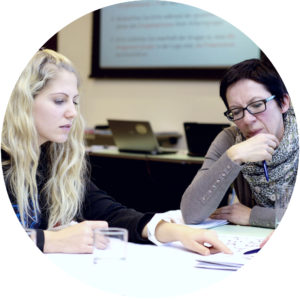
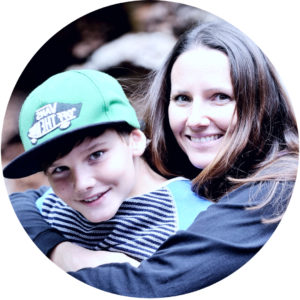
What Is Your Role In Helping Set Goals for Your Child’s IEP?
Parents play an important role in this process. You know your child best! The picture you paint of your child’s routines at home, daily activities, strengths and weaknesses, will be valuable information to the team and will help them in writing meaningful goals for your child. Your child’s IEP team wants to hear from you and you may wish to address the team with your valuable information. Prepare for the meeting by asking yourself some of the following questions:
- What can my child do and not do now? What is the current level of skill or knowledge? (This will be stated in the PLAAFP.)
- How is this need of my child related to the child’s disability?
- What do I want my child to know or be able to do at the end of this year? Is this a reasonable expectation?
- Why can’t my child do this now? What is it about the disability that interferes with achieving the goal? What needs to be addressed?
- What would be the starting point for my child?
- Is the goal something that can be measured? How will we know when the goal has been completed? Is what we are looking for observable and measurable?
- Do we need intermediate steps such as short term objectives or benchmarks to achieve the goal? (For the students who take alternate assessments, these are required.)
- If we are using short term objectives or benchmarks, how can they be measured? Are they clear, observable steps that will advance the student from the PLAAFP to the measurable annual goal?
- School personnel should know how to write appropriate measurable annual goals. It is not necessarily the responsibility of the parents. However, having a good understanding of how the process works and what makes a good goal can help parents to be more knowledgeable participants in the process and to monitor the student’s progress. Parents have every right to expect that the child’s goals will match the child’s needs and be calculated to help the child be successful.
Are There Guidelines to Goal Writing?
All IEP goals must have at least 3 components. They are: The new skill (what will the student be able to do that they are not able to do right now), under what conditions or setting the new skill will happen, and how achievement will be determined to help the team know if the student has successfully learned the skill.
These examples show the 3 components working together:
- “In English class (setting) Chris will improve their oral narrative skills (skill) by achieving 80% accuracy in successfully describing the main idea and stating two details over 3 consecutive probes (achievement).
- “Given 20 addition problems (condition), Chris will solve single digit and double digit problems (skill) with at least 75% accuracy over 3 out of 4 trials (achievement).”
- “At least once per recess (setting), Chris will follow 2- step directions (skill) 3 out of 5 days, for 4 consecutive weeks (achievement).”
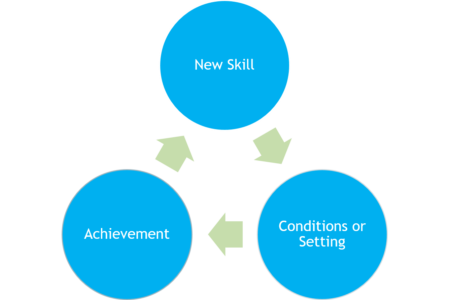
TIPS TO REMEMBER
It is important to have realistic expectations about how many things your student can work on, so keep the number of goals manageable on the IEP. Keep in mind that the school day has a limited number of hours, so consider your priorities for that time. Often it is enough to set one goal for each major area of concern. For example, you could have a goal for math calculation, reading comprehension, basic reading skills, behavior, and adaptive PE.
IEP goals can be complicated and confusing, so don’t hesitate to ask for an explanation if you don’t understand. You can ask team members for examples of what this will look like for your child in practice.

